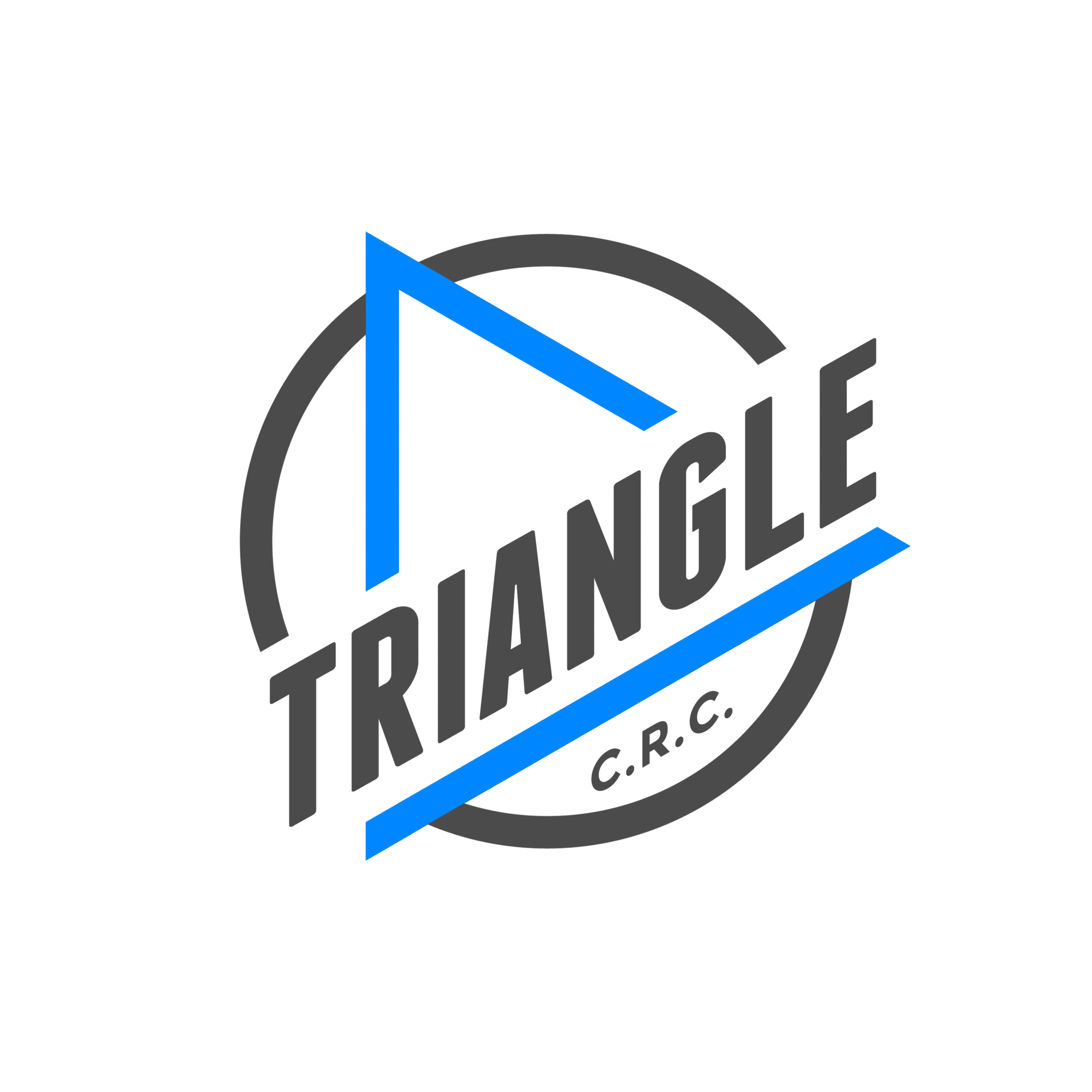ACL Injury Prevention
Most of us have seen the following: an athlete collapses with no one else around and grabs hold of his/her knee in pain. While there may be other causes, typically this is the presentation of an athlete who has just experienced an ACL tear.
The ACL (anterior cruciate ligament) functions along with the PCL (posterior cruciate ligament) to maintain contact during rotary (twisting) movements. The ACL specifically prevents the tibia (shin) from moving forward relative to the femur (thigh). Sick of the anatomy lesson yet?
The point is, this tiny little ligament is supposed to stop your shin from detaching from the rest of your leg while you run amok on a field or a court somewhere. That's a lot of responsibility for such a little ligament. Actually, this ligament is the last resort in preventing the aforementioned tragedy.
The glutes are the first defense in keeping your lower extremity under control. In order to prevent excessive internal rotation (twisting so your knee cap faces your other leg), the glutes need to "turn on". Your glutes function to externally rotate your femur (twisting so your knee cap faces away from your other leg), but if they're functioning properly, they control the amount of internal rotation of your femur as well.
Your glutes certainly aren't the only key in maintaining knee stability, but they play a pretty big role. Your foot, ankle, and hip mechanics also contribute to the stability of your knee and its function (3).
The main idea is that whenever you change directions or shift your weight, your muscles need to respond quickly and appropriately to the change. If they don't, it can be catastrophic for your ligaments.
So what does this mean for you? Well if you're a soccer, basketball, volleyball, football, lacrosse, etc. player, it means that in order for you to perform at your best and prevent a season- or career-ending injury, you need to have great glute activation and proper foot, ankle, and hip biomechanics (2).
If you're a weekend warrior or a couch potato, you might consider adopting the same philosophy. The greater control you have over your center of gravity, the better control you'll have over changing directions and maintaining balance (1).
And guess what plays a HUGE role in helping maintain your center of gravity? Your glutes (4)! Squats (with or without weight), lunges, clams, and glute bridges are all great glute activities if performed correctly.
In order to assess proper biomechanics of your lower extremity (foot, ankle, knee, and hip joints), you'll need to see a movement-based healthcare professional.
Dr. Lindsay Mumma is a chiropractor at Triangle Chiropractic and Rehabilitation Center in Raleigh, NC. Her clinic focuses on offering multiple manual therapy options for pain management and functional improvement. For more information, please visit www.triangleCRC.com .
1. Filipa, A. et al. Neuromuscular training improves performance on the star excursion balance test in young female athletes. JOSPT. 2010;9:550-558.
2. Nakagawa, TH. et al. Trunk, pelvis, hip, and knee kinematics, hip strength, and gluteal muscle activation during a single-leg squat in males and females with and without patellofemoral pain syndrome. J Orthop Sports Phys Ther. 2012;42(6):491-501. Epub 2012 Mar 8.
3. Gerber JP et. al. Effects of early progressive eccentric exercise on muscle size and function after anterior cruciate ligament reconstruction: a 1-year follow-up study of a randomized clinical trial. Phys Ther. 2009 Jan;89(1):51-9. Epub 2008 Nov 6.
4. Pandy MG, et al. Muscle coordination of mediolateral balance in normal walking. J Biomech. 2010 Aug 10;43(11):2055-64. Epub 2010 May 7.
